Original | Odaily Planet Daily
Author | Jessica
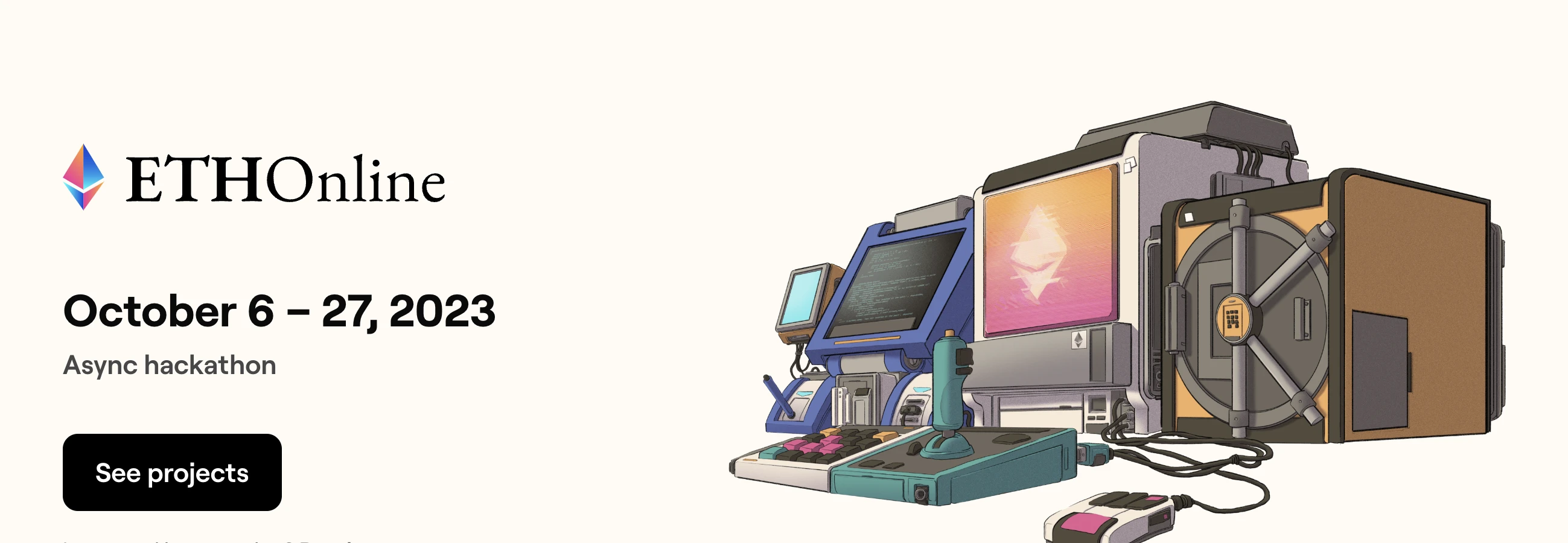
On October 28th, ETHGlobal announced the list of 11 final winning projects of the Online Hackathon, including the intelligent wallet browser plugin WalletX, the npm library Koinu that provides cross-chain token transfer in DApps, EVM+, and two chain games were also selected.
Odaily Planet Daily introduces these projects as follows:
WalletX
WalletX is a non-custodial and advanced intelligent wallet browser plugin designed to interact more intelligently with the blockchain.
The project allows users to authenticate using their device's biometric features (Touch ID for Android, iOS, macOS, or Windows Hello) or secure keys (YubiKey), providing their wallets with higher security. WalletX enables users to create smart wallets and use them for batch transactions, exchanges, paying gas fees with ERC20 tokens, social account recovery, and more. DApps can also connect to this extension through injected Ethereum provider objects.
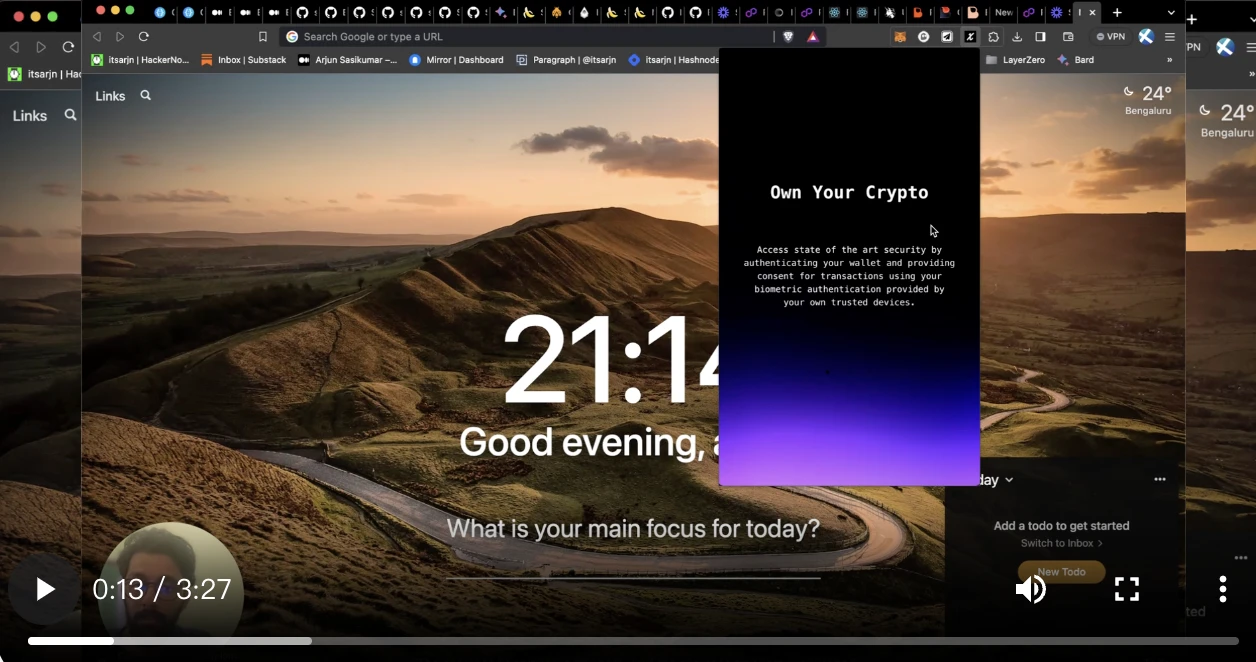
Koinu
Koinu is an npm library that provides seamless cross-chain token transfers in DApps without the need for cumbersome development work or in-depth blockchain knowledge.
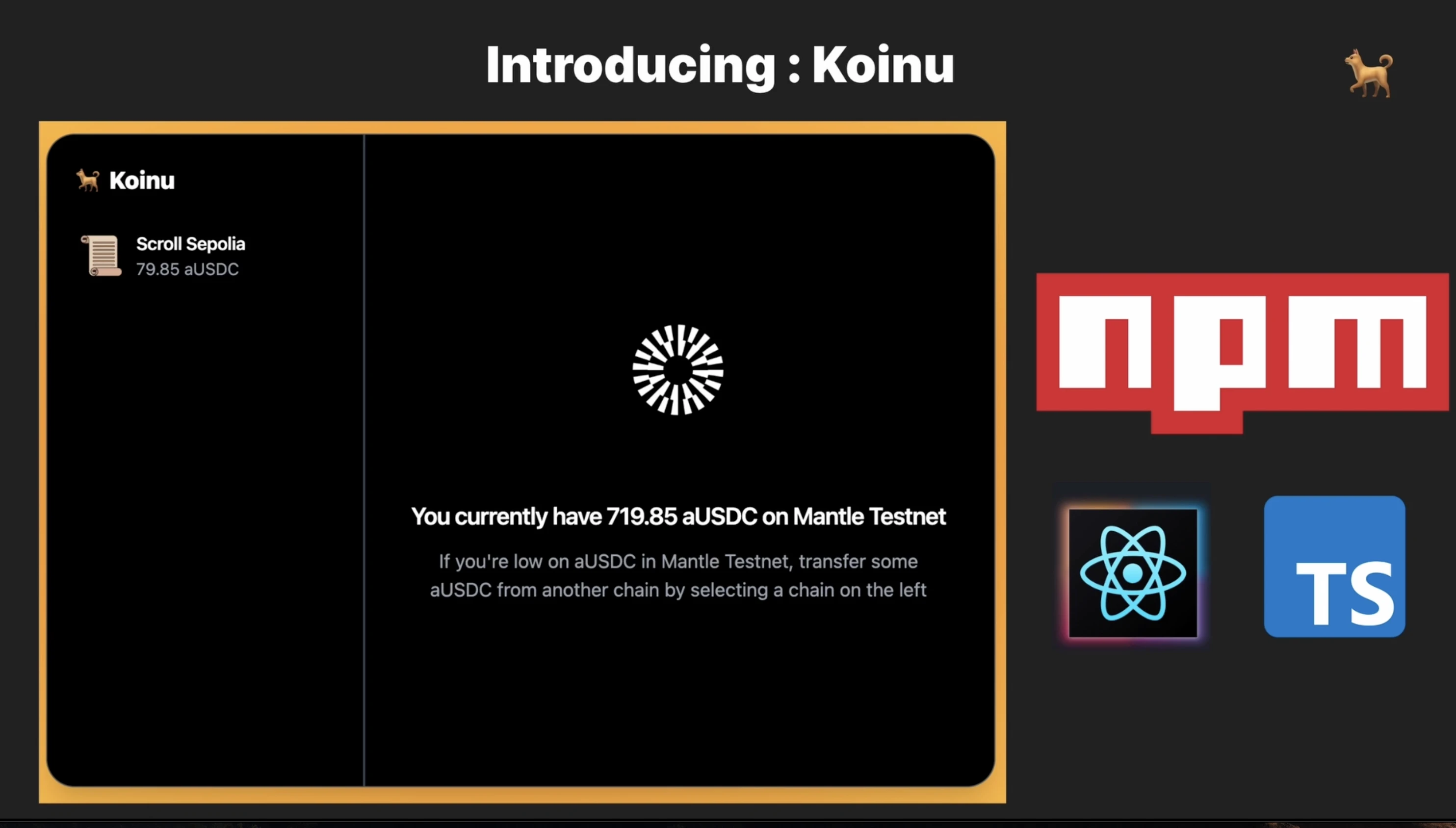
Koinu aims to simplify cross-chain token transfers in decentralized applications. By simply installing this library, developers can easily integrate a user-friendly small block into their applications, allowing users to seamlessly transfer tokens between different blockchain networks.
Traditionally, implementing cross-chain functionality in DApps requires a lot of development work and a deep understanding of various blockchain protocols. However, this npm library eliminates the need for developers to build their cross-chain functionality from scratch. Instead, they can leverage this pre-built solution to provide users with a seamless cross-chain experience.
One significant advantage of this library is the improved user experience in interacting with web3 applications. Users no longer need to navigate between different chains to determine where their funds are held. For example, if a user wants to purchase an NFT on the Optimism network but lacks ETH on that chain, they typically need to search each chain to find the location of their funds. Additionally, they need to find a secure cross-chain bridge to transfer their ETH to the desired chain. This process is often challenging as many cross-chain bridges are unreliable and may compromise the security of user private keys.
With this npm library, these complexities are eliminated. Users can directly view token balances on each chain within the application interface. The library also provides a visually pleasing and intuitive user interface, making cross-chain transfers seamless and secure. It is worth noting that the library utilizes the Axelar Global Messaging Protocol (GMP) to ensure higher security for cross-chain operations.
Overall, users can seamlessly execute cross-chain transactions without navigating multiple chains or searching for secure cross-chain bridges, simplifying the user experience, enhancing security, and empowering developers to provide powerful cross-chain functionality in their DApps.
EVM+
EVM+ - EIP: Decimal Mathematics for EVM. If EVM is a basic calculator, then EVM+ is a scientific calculator.
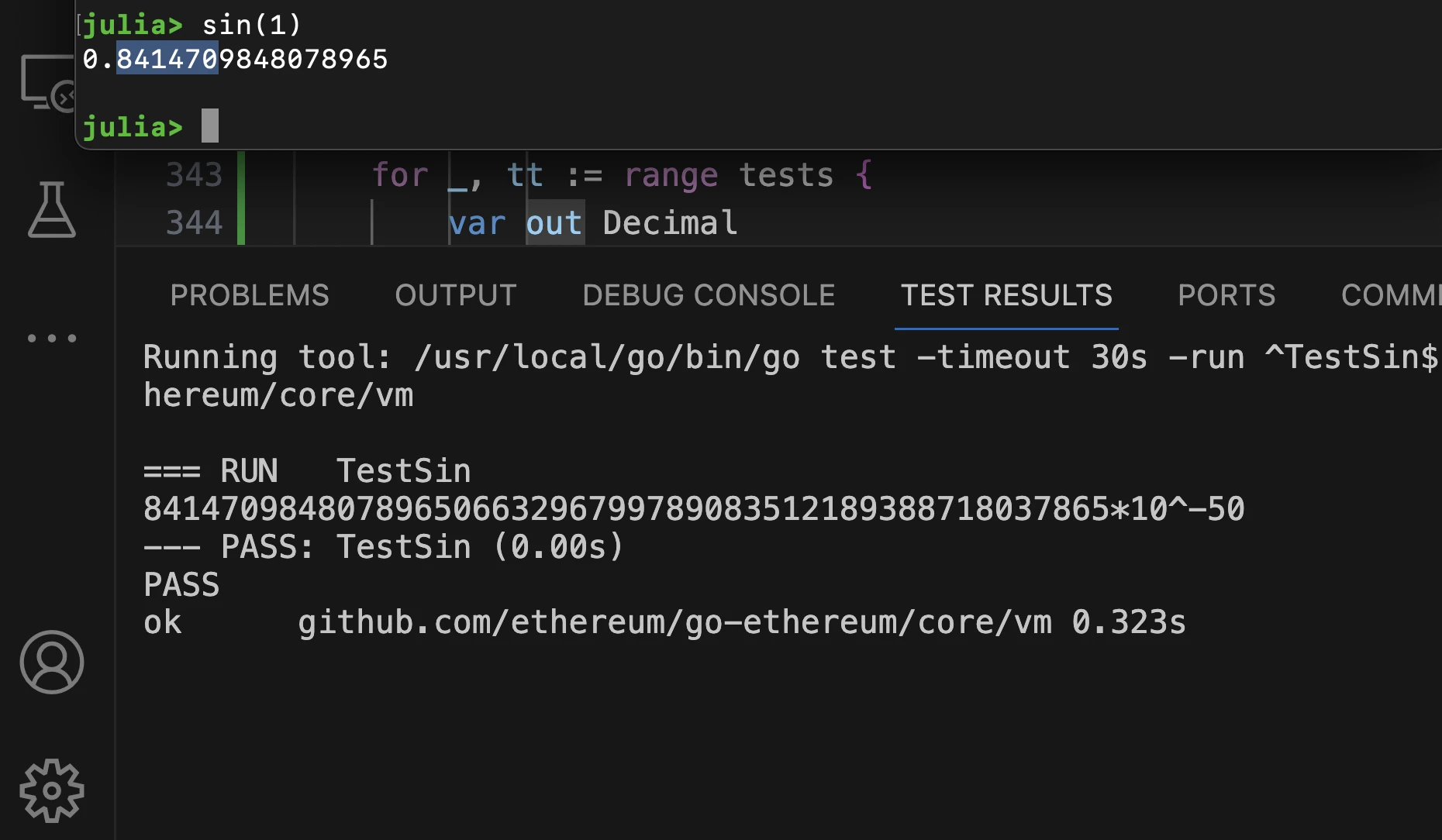
This EIP adds decimal floating point OPCODEs for arithmetic operations (DECADD, DECNEG, DECMUL, DECINV) and expressions for all basic functions (DECEXP, DECLN, DECSIN) to EVM, with all decimal values represented precisely with int256 coefficients and the maximum precision allowed for exponents, represented as c*10^q. All implemented algorithms converge for all inputs given sufficient precision, as chosen by the user. All computations are deterministic, and gas is embedded from the bottom up. Allowing high-precision decimal basic functions brings more possibilities for Ethereum in mathematical finance, machine learning, science, digital art, gaming, and other fields.
PACKD
PACKD - a new way to share and receive digital assets.
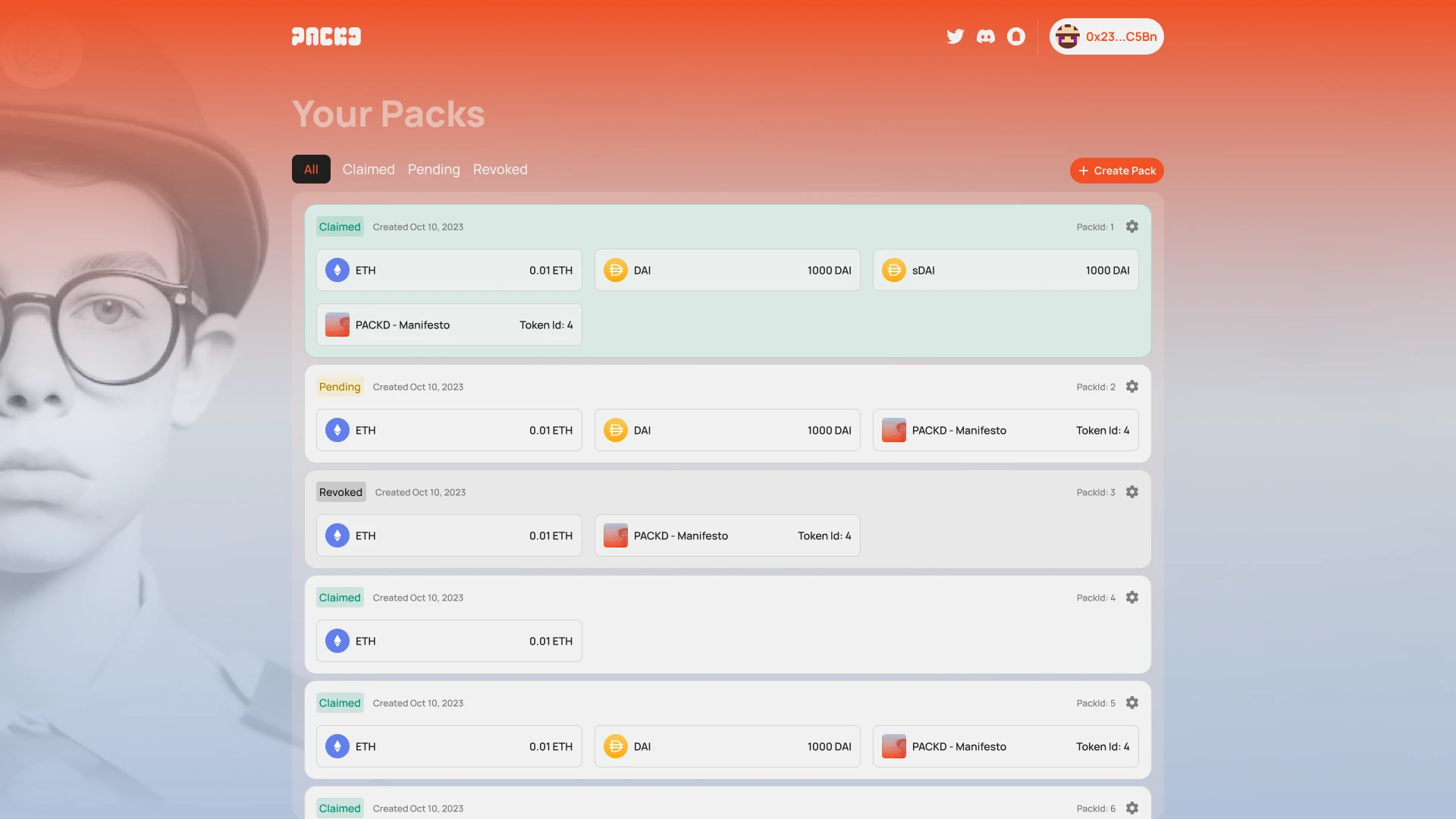
PACKD introduces a new way to share and receive digital assets. Users can create packs, which are essentially NFTs with their own accounts. These packs can be filled with various digital assets, including tokens, NFTs, and some ETH to pay gas fees. Once a pack is created, the user receives a link that can be shared on any platform. The recipient of the pack can open it without worrying about gas fees, as the pack pays its own unpacking fee. This makes PACKD an ideal tool for introducing new users to the ecosystem, as it eliminates their need to go through CEX, KYC, bridging, or acquiring ETH. Other uses include sending on-chain gifts, issuing on-chain gift cards (sharing claim links as QR codes), sending NFTs to newsletter readers via email, loot boxes in games, and more.
Cosmic Cowboys
Cosmic Cowboys - a blockchain-based dynamic game driven by artificial intelligence and ERC-6551, where players interact with stranded space cowboy NPCs.
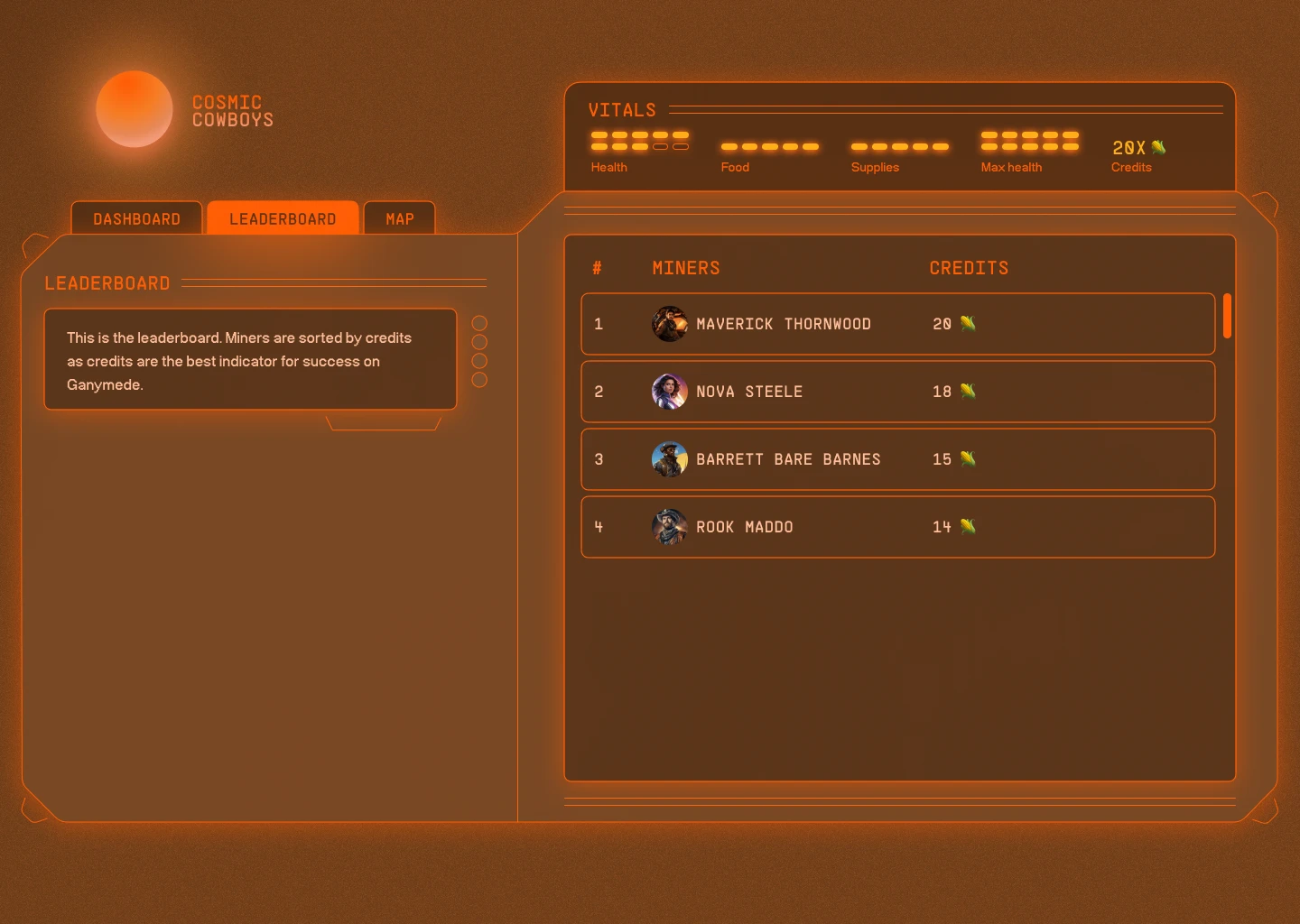
This project aims to showcase the power of artificial intelligence, blockchain, and ERC-6551 in games and NPCs. "Cosmic Cowboys" allows users to enter a world of NPCs controlled by artificial intelligence, where they can chat with them, learn about their journeys, and influence them with on-chain decisions through ERC-6551.
Each cowboy is an ERC-721 NFT with an ERC-6551 Tokenbound account, allowing them to have a starting supply of 5 food, 5 supplies, and 20 points. The goal of the game is to increase the total holdings of each item category for the NPCs to enhance their strength.
NPC AI and zkVRF
Each NPC's entire background story is stored in IPFS metadata linked to their NFT and serves as their AI DNA. These backgrounds are fed into OpenAI to assist in decision-making. Each action available to the NPC runs as a callable AI function and is then transformed into smart contract interactions through each NPC's TBA (Tokenbound Account), giving the NPCs a true sense of autonomy.
zkVRF
zkVRF is a new approach to verifiable randomness (VRF) on the blockchain, implemented using ZKPs.
The project demonstrates the powerful capabilities of programmable encryption implemented with modern zk-SNARK tools (in this case, using Aztec's Noir DSL) to create custom deterministic public key encryption schemes. Then, using this custom PK encryption, anyone can generate verifiable random numbers.
ShopConnect
ShopConnect is a novel proof-of-purchase system supported by ZKP and implemented on Polygon ID.
The project combines Polygon ID and browser extension frontend to provide a personalized experience for e-commerce consumers.
Cryptopolis
Cryptopolis is an asset management chain game inspired by SimCity (Micropolis).
Cryptopolis brings back the original city simulator (1989) into the cryptocurrency era, building cities using the same game engine but with a real economic simulation.
Bear Bonds
Bear Bonds is a full-chain bond that rewards holders of ETH for long-term holding.
In principle, users can deposit ETH into the Bear Bonds vault (ERC4626) for securitization, which converts ETH into StETH and continuously generates returns. In return, the bonded individuals receive a full-chain token NFT representing their position in the vault.
ZTF
ZTF is a decentralized cross-chain reward and crisis management protocol.
While audits and bug bounties focus on vulnerability issues, ZTF believes that protection should also be provided for losses caused by other risks. Most security measures are code-based and may only be implemented within a limited scope (e.g., external integrations often fall outside the scope).
When a crisis occurs, many problems arise. The extent of the impact may be uncertain, and the damage may spread to other protocols. Even if action needs to be taken, privileged account holders may be unavailable. Sometimes, time locks or other mechanisms may prevent timely intervention.
Although many losses are caused by economic, external integration, or unforeseen circumstances, ZTF aims to increase a solution that can trigger pre-planned actions in response to direct and indirect threats.
The ZTF protocol focuses more on damage-oriented bounties, allowing protocols to set initial states and undesired states (flagged contracts). This means that protocols can set any actual or assumed state. For example, if the total value locked (TVL) of tokens is too high compared to liquidity, the flag can be anything programmable in Solidity, such as fund losses, excessive value changes, etc.
On the white hat side, starting from the initial state, sending any number of transactions moves the state to the position where the flag is captured. This is almost equivalent to a regular EVM (stripped of some features to improve speed). Then, use ZTF's CLI to generate PoV to claim the bounty.
ZTF also allows anyone to set callbacks on bounties. This allows users to plan actions for vulnerabilities. These actions can involve pausing protocols, withdrawing funds, transactions, and essentially any programmable operation; and through Wormhole, support cross-chain calls.
免责声明:本文章仅代表作者个人观点,不代表本平台的立场和观点。本文章仅供信息分享,不构成对任何人的任何投资建议。用户与作者之间的任何争议,与本平台无关。如网页中刊载的文章或图片涉及侵权,请提供相关的权利证明和身份证明发送邮件到support@aicoin.com,本平台相关工作人员将会进行核查。




